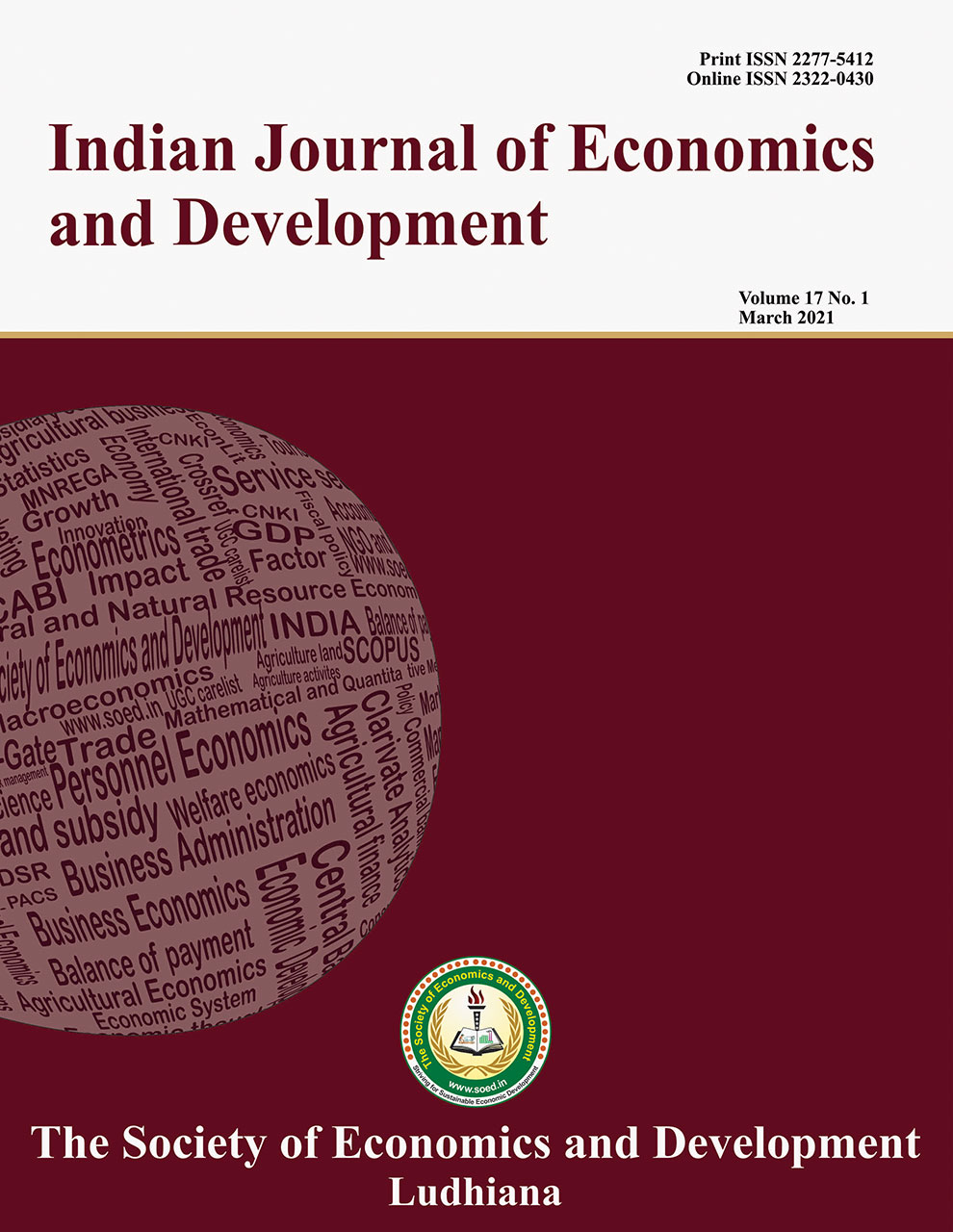Educational Efficiency of State Boards of Secondary Education in India: SFA and D&ND DEA Analysis

Price: ₹ 500
Author: Rangalal Mohapatra
Author Address: Assistant Professor Department of Economics, Sikkim University, Samdur, 6 Mile, Tadong, Gangtok-737102 (Sikkim)
Keywords: Data envelopment analysis, discretionary inputs, educational production, non-discretionary inputs, stochastic production frontier, technical efficiency.
Abstract
The paper, using both stochastic Cobb-Douglas production frontier and the discretionary and non-discretionary DEA, empirically evaluated the performance of the BSEs of 28 states of India using the number of students passed Class X as the output. The mean efficiency score in SPF was more (0.792) compared to the DEAscore (0.695). Around 43 per cent of the total DMUs were efficient in the range of 80 per cent and above. Gamma value of the SPF model inferred that 98 per cent of the variation in the efficiency score was due to technical inefficiency. The major factors determining the total students passed under a DMU are SCRR, PTR and RT. Out of GSE, SCSTE and PSRA, the SCSTE was positively and significantly affected the technical inefficiency. In the case of DEA introduction of nondiscretionary inputs reduced the mean score to 0.628 keeping the number of fully efficient states the same. The fully efficient states gave less weight to RTand PTR and all other inputs were assigned higher weights reflecting the relatively larger scarcity of these inputs. Due to non-discretionary inputs, the states affected most were Arunachal Pradesh, Assam, Goa, Manipur, Punjab and Sikkim. The fully efficient DMUs under DEA had also scored more than 90 per cent under SFA. On the basis of the result, the study concluded that appointment of regular teacher with appropriate benefits and perks, school infrastructure development, adoption of public-private partnership for bringing more investment in the infrastructure, at par treatment of the schools in the rural areas, uniform policy for all categories of students in the admission into the secondary schools and regular selfappraisal of the regular teachers will not only help in identifying the states with least performances but also the states who preferred to be peers for many inefficient performers but also about cost implication of the use of the inputs thereby warranting an effective
management of the respective DMUs.
Description
The Indian Journal of Economics and Development
Volume 15 No. 2, 2019, 196-205
DOI: 10.5958/2322-0430.2019.00024.6
Indexed in Clarivate Analytics (ESCI)
Rangalal Mohapatra
th Assistant Professor Department of Economics, Sikkim University, Samdur, 6 Mile, Tadong, Gangtok-737102 (Sikkim)
E-mail: rmohapatra@cus.ac.in



